Latest News
Sundar Pichai Reveals What It Takes to Get Hired at Google!
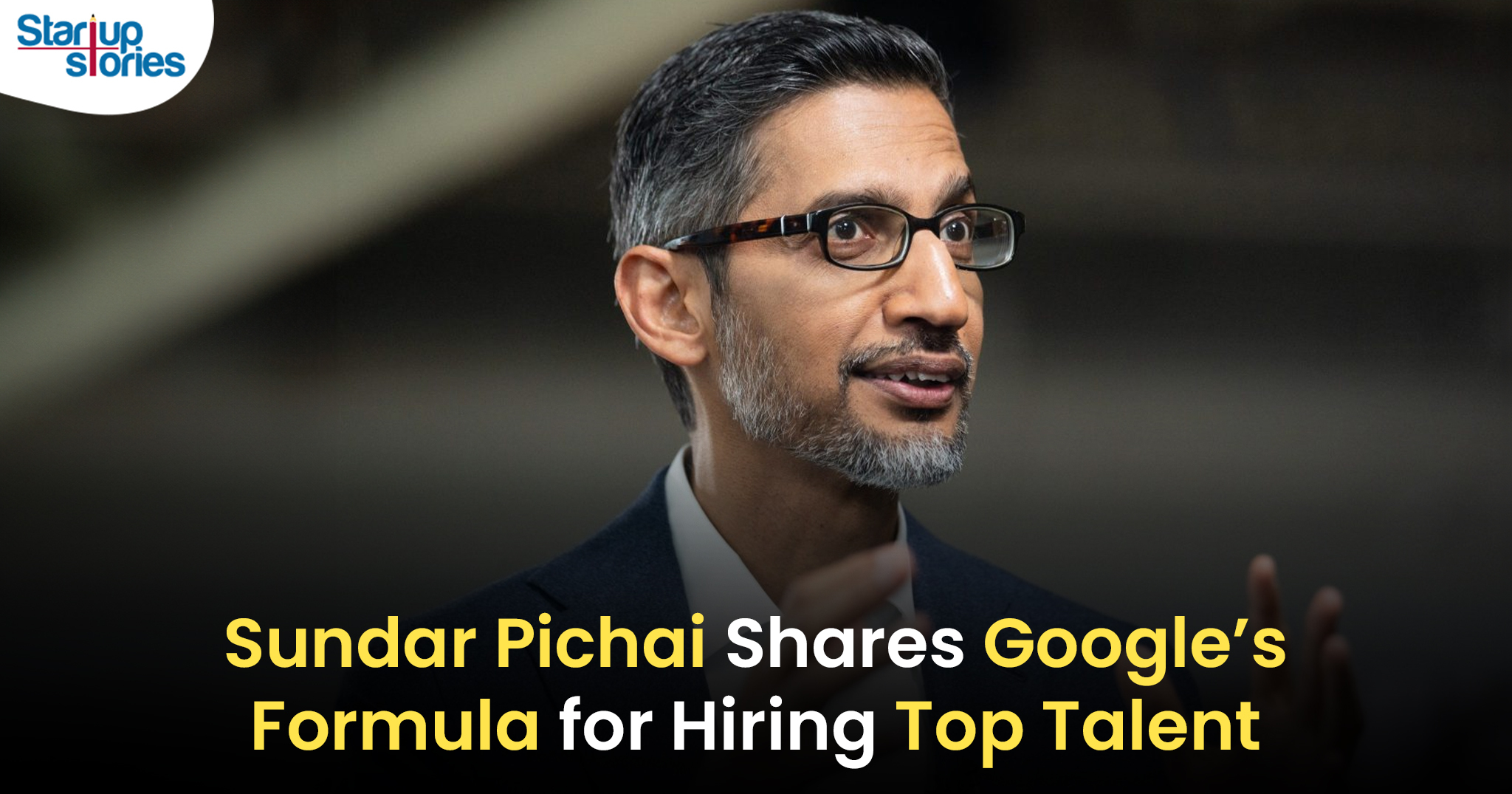
Google CEO Sundar Pichai has shared valuable insights into what the tech giant looks for when hiring, emphasizing the importance of both technical skills and a growth mindset. Speaking on “The David Rubenstein Show: Peer to Peer Conversations,” Pichai highlighted that Google seeks superstar software engineers who are not only talented but also adaptable and eager to learn.
The Ideal Google Candidate: Excellence with Adaptability
Pichai explained that success at Google requires more than just technical brilliance. The company values individuals who can adapt to new situations and are committed to continuous learning and growth. “People aspiring to work at the search giant in areas like engineering need to be not only excellent but also willing to learn, grow, and adapt to new situations,” he said.
The Role of Free Food and Creative Collaboration
One of Google’s most well-known perks—the free food at its offices—has significantly contributed to fostering a creative and collaborative environment. Pichai reflected on how some of his early ideas at Google emerged from informal conversations in company cafés. “It sparks creativity. It creates community,” he noted, adding that the benefits from these interactions far outweigh the costs of offering free meals.
Employee Benefits at Google
Google offers a wide range of benefits designed to support the well-being and professional growth of its employees, making it an attractive workplace:
- Health Insurance and Wellness: Comprehensive medical, dental, and vision coverage, wellness programs, mental health resources, and on-site fitness centers.
- Financial Benefits: Competitive salaries, stock options, retirement plans, and financial planning services.
- Work-Life Balance: Flexible work hours, remote work options, generous paid time off (PTO), including vacation days, holidays, sick leave, and parental leave.
- Professional Development: Access to training programs, tuition reimbursement for further education, mentorship opportunities, and clear career advancement pathways.
- Diversity and Inclusion: Employee resource groups (ERGs), community involvement initiatives, and ongoing training aimed at fostering an inclusive workplace culture.
- Additional Perks: Free meals at campus cafeterias, on-site services such as laundry and massage therapy, recreational facilities like gyms and game rooms, and wellness stipends.
Google’s Hiring Process and High Acceptance Rates
Pichai expressed pride in Google’s hiring process, noting that the company’s prestige and appealing work culture make it a desirable place to work. He revealed that nearly 90% of candidates offered a position at Google accept it, underscoring the strong attraction of the company’s work environment and benefits.
Rigorous Interview Process
Landing a job at Google is notoriously challenging. The acceptance rate is approximately 0.2%, making it significantly harder than gaining admission to Harvard. Candidates typically undergo multiple rounds of interviews that assess not only technical skills but also adaptability and problem-solving abilities. The hiring process generally includes:
- Resume Screening: Initial review based on technical requirements and relevant experience.
- Phone Screenings: One or two rounds focused on assessing core competencies through technical questions.
- On-Site Interviews: 4-5 rounds where candidates face in-depth technical questions as well as behavioral assessments.
- Hiring Committee Reviews: Evaluation by a panel of Googlers who assess overall performance against company values.
- Executive Reviews: Final assessment by senior executives before an offer is extended.
Conclusion
Google’s hiring approach reflects its commitment to building a talented workforce that is not only technically skilled but also curious and adaptable. By creating an environment that encourages collaboration, creativity, and continuous learning, Google aims to remain a leader in the tech industry.
With attractive benefits, professional growth opportunities, and a focus on employee well-being, it’s easy to see why working at Google is a dream for many aspiring professionals. As the tech landscape continues to evolve rapidly, Google’s emphasis on adaptability and continuous learning will likely play a crucial role in shaping its future workforce.
By prioritizing both technical excellence and personal growth in its hiring practices, Google is positioning itself not just as an employer but as a catalyst for innovation in the tech industry.
Latest News
Kuku FM’s $200 Million IPO: Mebigo Labs Hires Top Bankers to Lead Public Listing
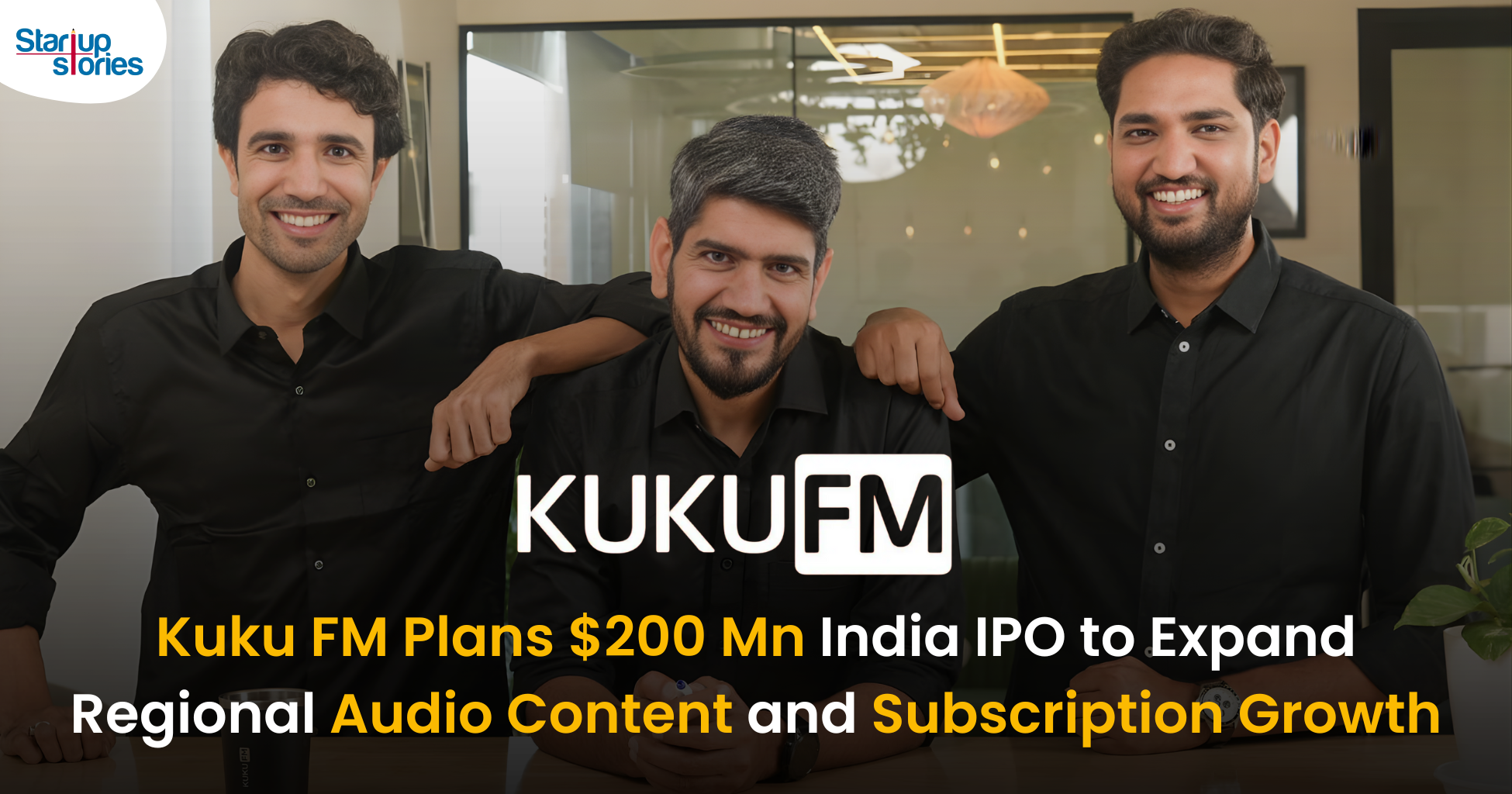
Kuku FM’s parent company, Mebigo Labs, has hired leading investment banks to prepare for a 200 million dollar IPO in India, marking a major milestone for the country’s digital audio ecosystem. The Mumbai-based company has reportedly appointed Kotak Mahindra Capital, Axis Bank and Morgan Stanley’s India unit to manage the proposed share sale, which is likely to be launched on Indian stock exchanges once key regulatory steps are completed. This move signals strong intent to tap public markets and test investor appetite for subscription-led regional audio platforms in India.
The planned IPO proceeds are expected to help Kuku FM expand its content library, strengthen its regional language offerings and invest in technology to enhance user experience. With a focus on Hindi, Marathi, Tamil and other Indian languages, Kuku FM aims to capture the fast-growing audience in Tier 2 and Tier 3 cities seeking affordable audiobooks, courses and storytelling content. The funds could also provide additional firepower for marketing, partnerships and product innovation, helping the platform compete more aggressively in India’s crowded digital entertainment and creator economy landscape.
Founded in 2018, Kuku FM has built a subscription-driven business model and has reportedly scaled to millions of paying users, backed by multiple funding rounds from prominent investors. Its decision to pursue a 200 million dollar IPO positions it as one of the first major Indian audio platforms to attempt a public listing, potentially paving the way for other podcast and niche content startups to follow. As the IPO process moves forward, Kuku FM’s performance in the public markets will be closely watched as a key indicator of how investors value regional, knowledge-first audio platforms in India’s booming digital economy.
Latest News
Zerodha Reports 23% Profit Decline in FY25 as Revenues Miss Target
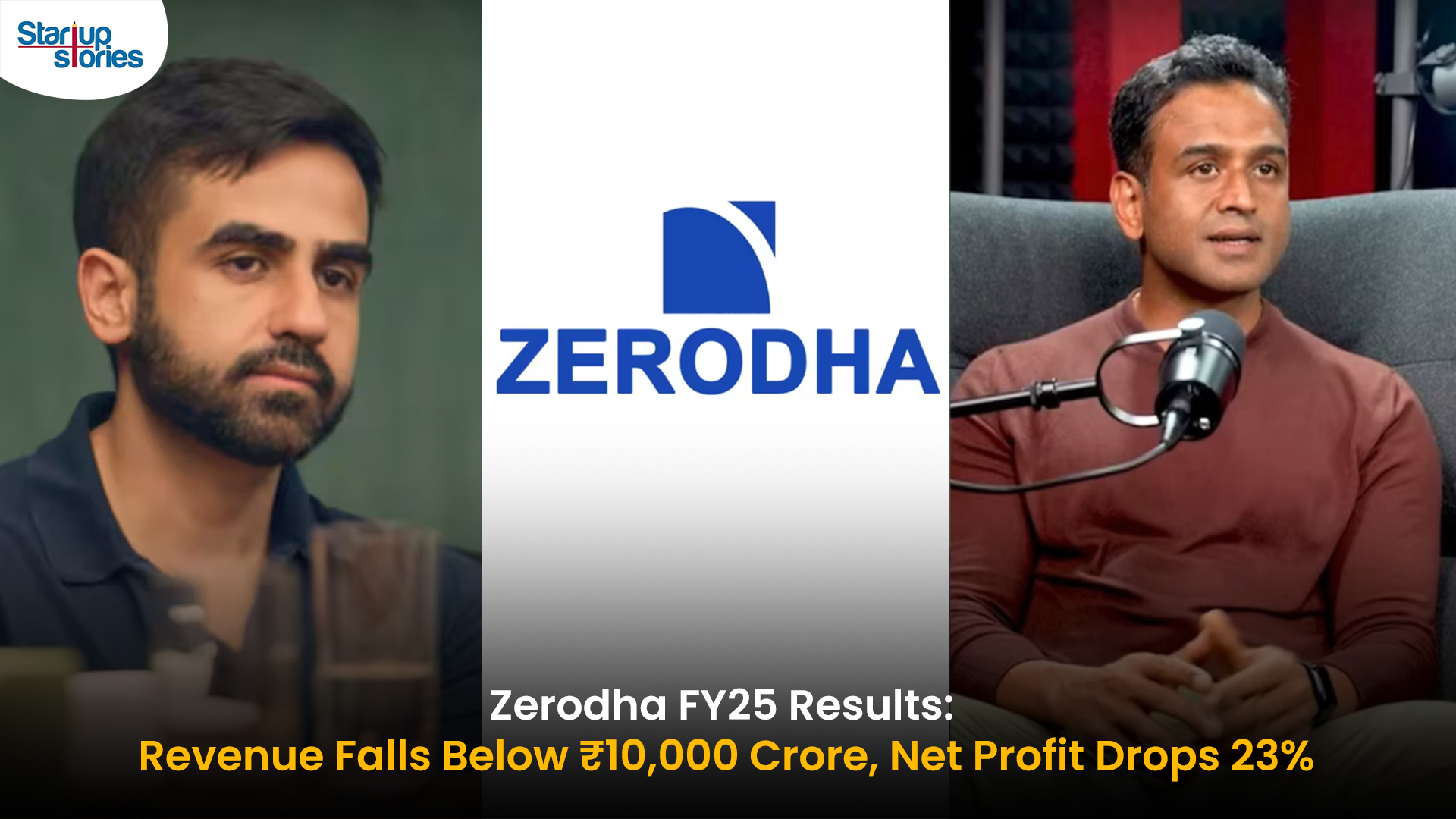
Zerodha experienced a challenging FY25, as its revenue fell 11.5% to ₹8,847 crore and net profit dropped 22.9% to ₹4,237 crore. This decline reflects tougher regulatory conditions, lower trading volumes, and increased operational costs in the brokerage market, all of which impacted core earning segments for the company.
Despite these headwinds, Zerodha improved its operating margin to 63.78% and built up significant cash reserves, reporting ₹22,679 crore in bank balances. Salary expenses and director remuneration increased, but disciplined cost controls helped the company maintain profitability and a debt-free balance sheet. The drop in active clients and increased compliance costs further contributed to the profit contraction.
Looking ahead, Zerodha’s resilience is supported by its robust cash position and operational efficiency. Maintaining steady margins, diversifying product offerings, and investing in technology positions the company to withstand future regulatory fluctuations and changing market sentiment reinforcing its status as one of India’s leading brokerage firms.
Latest News
Zoho Pay Debuts as India’s New UPI Challenger, Taking on PhonePe, Paytm, and Google Pay

Zoho Corporation has expanded its fintech portfolio with the launch of Zoho Pay, a UPI-based payments app built to challenge India’s top digital payment giants such as PhonePe, Paytm, and Google Pay. The new app supports peer-to-peer transfers, bill payments, QR-based transactions, and merchant settlements in a streamlined interface. Available as both a standalone app and an integrated feature inside Zoho’s privacy-driven messenger Arattai, Zoho Pay enables users to handle chats and payments in one platform, emphasizing data privacy and Made-in-India innovation.
Through seamless integration with Arattai, Zoho Pay allows users to send or request payments, split expenses, and conduct UPI-based transactions directly in their chat windows. Users can link bank accounts, scan dynamic QR codes, and receive audio confirmations of payments, ensuring speed and security. This design mirrors the simplicity of India’s leading UPI apps but is powered by Zoho’s non-advertising, privacy-first model. The integration aligns with Zoho’s mission to build a self-reliant digital ecosystem, where messaging and money management coexist securely.
In the competitive digital payments market, Zoho Pay differentiates itself through its tight business software integration with apps like Zoho Books, Zoho Payroll, and Zoho Commerce, offering small businesses unified access to payments, billing, and accounting. The company is also expanding its reach with POS devices for merchants featuring UPI QR, card payments, and instant reconciliation tools. With founder Sridhar Vembu’s vision of a ‘Chat + Pay’ ecosystem, Zoho Pay reflects a bold step toward redefining India’s fintech scene with a secure, ad-free, and locally developed alternative to global payment platforms.


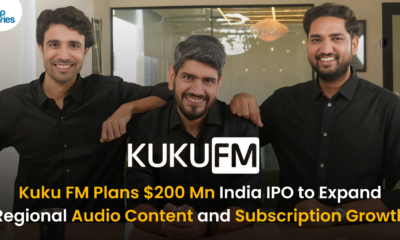

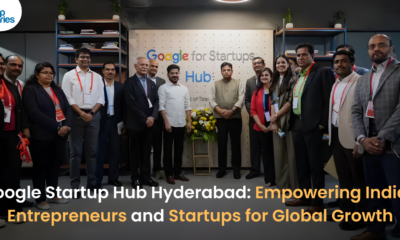





Создать личный аккаунт
June 2, 2025 at 7:24 am
I don’t think the title of your article matches the content lol. Just kidding, mainly because I had some doubts after reading the article.
binance Norādījuma bonusa kods
June 7, 2025 at 5:29 am
Can you be more specific about the content of your article? After reading it, I still have some doubts. Hope you can help me.
binance
August 19, 2025 at 3:35 am
Can you be more specific about the content of your article? After reading it, I still have some doubts. Hope you can help me.
"oppna ett binance-konto
August 21, 2025 at 4:17 am
Your article helped me a lot, is there any more related content? Thanks! https://www.binance.info/pt-PT/register?ref=DB40ITMB
binance
August 23, 2025 at 3:28 pm
Thank you for your sharing. I am worried that I lack creative ideas. It is your article that makes me full of hope. Thank you. But, I have a question, can you help me?
GO88
November 5, 2025 at 4:04 pm
Tham gia cộng đồng game thủ tại Go88 để trải nghiệm các trò chơi bài, poker phổ biến nhất hiện nay.
iwin
November 9, 2025 at 10:53 am
iwin – nền tảng game bài đổi thưởng uy tín, nơi bạn có thể thử vận may và tận hưởng nhiều tựa game hấp
站群程序
November 10, 2025 at 11:12 am
采用高效谷歌站群策略,快速提升网站在搜索引擎中的可见性与权重。谷歌站群
站群程序
November 11, 2025 at 8:25 pm
搭载智能站群程序,自动化搭建与管理,为SEO项目提供核心驱动力。站群程序
free binance account
November 12, 2025 at 7:06 am
Thanks for sharing. I read many of your blog posts, cool, your blog is very good.
MM88
November 12, 2025 at 10:59 pm
Khám phá thế giới giải trí trực tuyến đỉnh cao tại MM88, nơi mang đến những trải nghiệm cá cược thể thao và casino sống động.
Kuwin
November 14, 2025 at 11:00 pm
kuwin sở hữu kho game đa dạng từ slot đến trò chơi bài đổi thưởng, mang đến cho bạn những giây phút giải trí tuyệt vời.
J88
November 20, 2025 at 6:13 pm
Đến với J88, bạn sẽ được trải nghiệm dịch vụ cá cược chuyên nghiệp cùng hàng ngàn sự kiện khuyến mãi độc quyền.
MM88
November 23, 2025 at 7:48 am
Với giao diện mượt mà và ưu đãi hấp dẫn, MM88 là lựa chọn lý tưởng cho các tín đồ giải trí trực tuyến.
Binance Paglikha ng Account
December 8, 2025 at 1:43 am
Can you be more specific about the content of your article? After reading it, I still have some doubts. Hope you can help me. https://www.binance.com/ph/register?ref=IU36GZC4